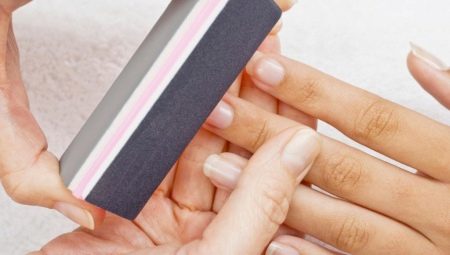If the appearance of the nail plates leaves much to be desired - it has any damage or irregularities, do not despair. To cope with such defects, you can use good polishing. If everything is done correctly, the result will not disappoint the fashionista - the nails will become very neat and aesthetic, and the varnish will fall on them much easier. Today we will consider in more detail how to properly polish your nails.
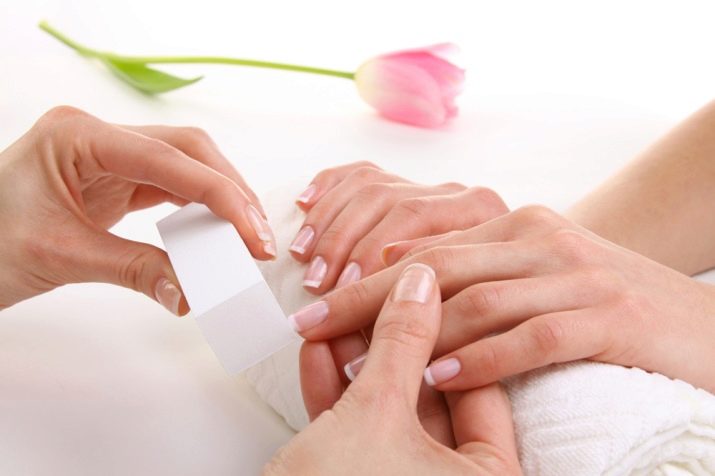
Features of the procedure
Nail polishing implies a cosmetic procedure, during which the nail plates are affected by finely abrasive coatings. Thanks to such manipulations, it is possible to give the nails a beautiful shine and a healthy, natural look. Upon completion of this procedure, the nail plates become absolutely smooth, aesthetic and pleasant to the touch. Well-polished nails will not cling to clothing and third-party materials, and this can not but rejoice.
On polished nails, decorative and protective coatings lie much easier, and they look neater. In this case, the basic compositions do not need to be aligned.
The key to a beautiful and effective nail design is properly polished.
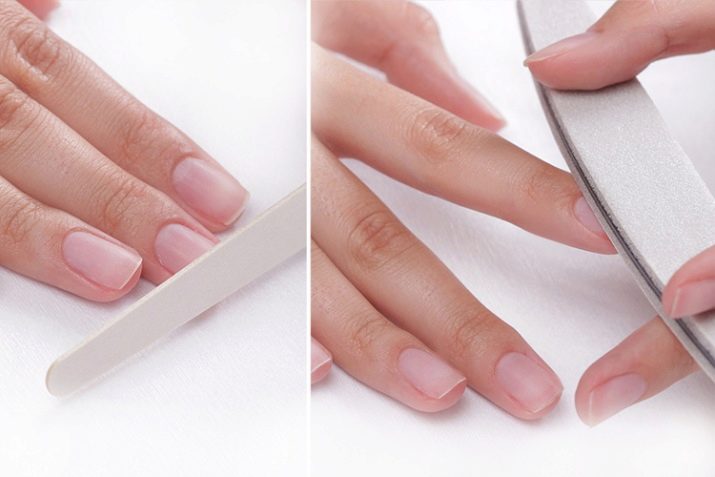
Polishing is good not only because it makes the nails beautiful and supple in design. This procedure helps stimulate blood circulation, ensures the active flow of nutrients to the nail plates. It is believed that regular polishing has a positive effect on the rapid growth of nails, and their quality as a whole increases.
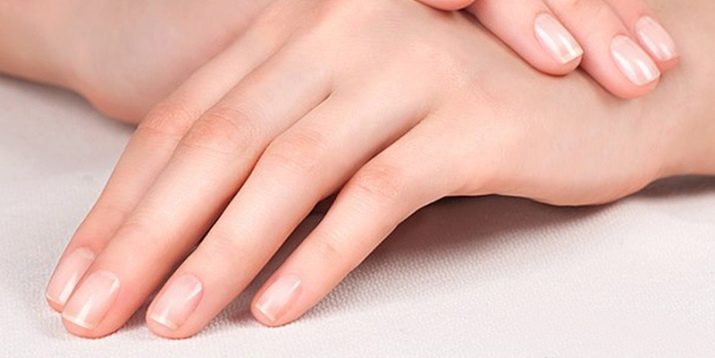
Benefit and harm
Many fashionistas turn to polishing marigolds. But this cosmetic manipulation has both advantages and disadvantages. First, consider the usefulness of such manipulations.
- Thanks to the correct polishing, the nail plates can acquire a more aesthetic and well-groomed appearance.
- As mentioned above, during polishing, blood circulation improves, which positively affects the growth and quality of the nails.
- An unattractive yellow hue is removed from the surface of the nail plates during polishing, and with it all the irregularities.
- On well-polished nails, nail polish and healing fluids are easier to lay down. Additional alignment of decorative coatings is also not required, which will significantly save time on creating a manicure.
- This procedure does not take much time and is not expensive.
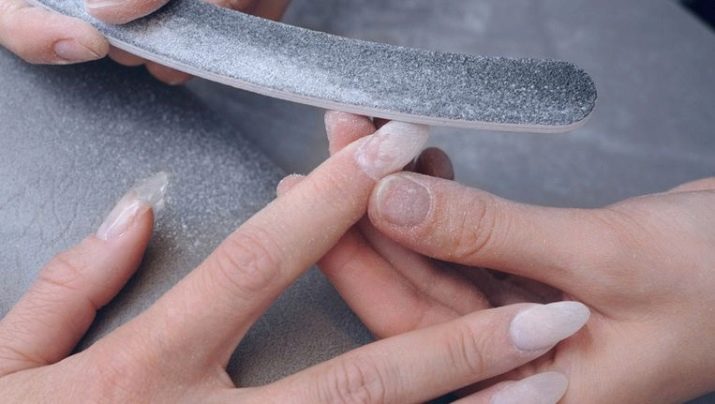
But before you start polishing your nails, you need to take into account the fact that such a procedure will not be useful for all ladies.
- If nails are naturally brittle and brittle, then it is better not to resort to polishing them, as this can only increase their fragility. If the master in the salon nevertheless advises to polish the plates, then for this you will need to use softer special nail files that will not cause serious harm to the nails, will not make them even thinner. And also brittle nails can be polished with wax.
- If the nails are susceptible to any diseases, then polishing them is also not recommended - their condition can be aggravated.
- Even if the ladies' nails are absolutely healthy, strong and neat, they still need to be polished not too often. It is advisable to apply to such a procedure no more than once a month. It is better to polish the nails not at home, but in a salon where experienced craftsmen work.

Types of Nail Files
To give the nails a well-groomed appearance and smooth their surface, pieces of flannel material or starch were used before. Initially, the files were made of suede. These devices could not be disinfected or cleaned after all procedures. Today, for polishing nail plates, nail files from modern and practical materials are used, which can be brought to sterility and kept in absolute cleanliness.
Let us consider in more detail what types of files are used today for polishing ladies' nails.
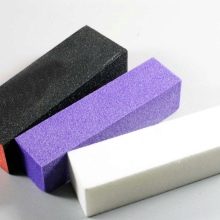
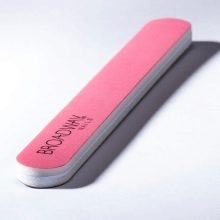
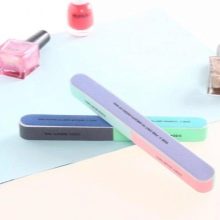
Buffs
Buffs are double-sided nail files made in the form of bars (such as a polishing block). Buffs are especially popular today, having several multi-colored faces with different numbers that determine the nature of their use. For example, it is possible to get rid of highly noticeable grooves on the nails with the help of a face with a higher level of abrasion. If we are talking about minor damage - they can be polished with fine-grained abrasive sides of the buff.
Buff can be based on various materials. The most popular and common are nail files made of polyethylene foam.
Woven and suede pieces boast better quality and properties. They are very convenient in the process of polishing natural nails of large length.
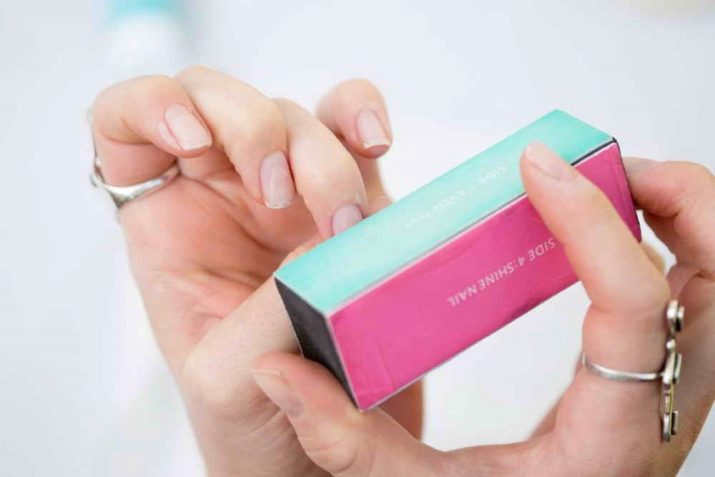
Polishing files
In the arsenal of every lady it is better to have a set of different files with different levels of abrasiveness. To get rid of small defects on the nails, it is recommended to use options with a coating of 300-400 grit. If there is a desire to give the plates a beautiful and natural shine, it is possible to use a device with a spraying of 900-1000 grit.

Disk for hardware manicure
This tool is a small circle with a sandy surface. The main task of this device is to polish the area where the nail plate is just beginning.
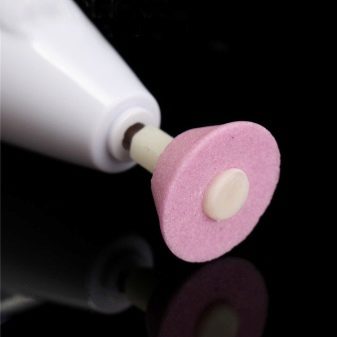

3 in 1 kit
In this popular nail plate alignment kit The following tools are included:
- special buffer;
- sandpaper surface;
- the polisher himself.
And also, instead of the nail file, you can use a special polishing machine or a special cutter. These tools cost more, but are more convenient to use.
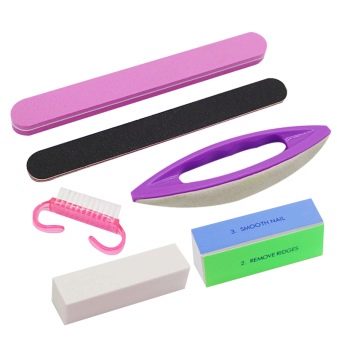
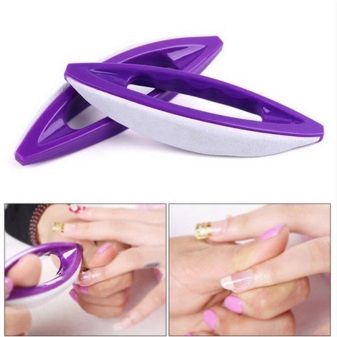
What tasks can they cope with?
Tools designed to polish the nail plates are good in that only with their help you can make the nails neat, even and shiny. The main tasks with which it is necessary to cope with such tools are:
- removal of irregularities from the surface of the nails;
- smoothing the surface of nails;
- removal of all roughness;
- preparation of nails for the subsequent application of decorative or therapeutic varnish (both color and transparent);
- improving the appearance of nails;
- stimulation of marigold growth;
- improved blood circulation.
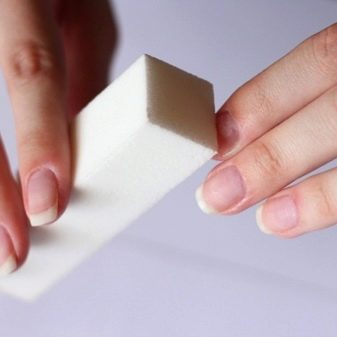
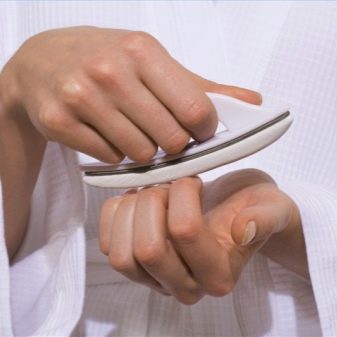
Basically, after the correct procedure for processing nails, they become gentle and radiant. It is hard not to pay attention to such natural beauty. However, it must be borne in mind that this cosmetic process should be moderate, otherwise grinding will simply make the nails weak and thinned.
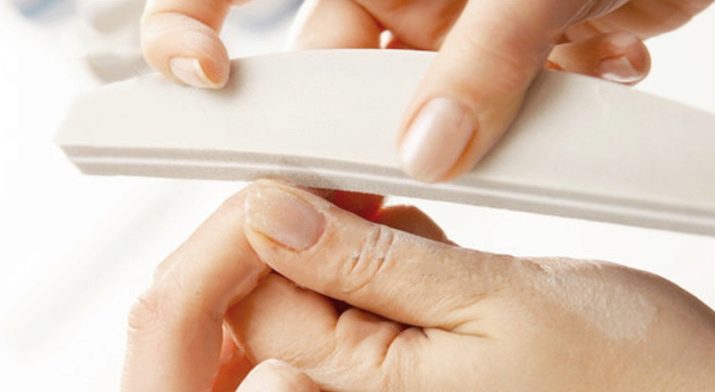
How to choose a tool?
In order to take care of female nails competently and effectively, it is necessary to choose the right files. One of the highest quality is considered to be glass and ceramic devices. They are ideal for caring for nail plates, because they do not contribute to their delamination.
If you have naturally thin nails, then the choice of a nail file should be taken especially seriously and responsibly.
To restore weakened nails, you can use a file for processing with wax. There is an opportunity to find such a model in specialized stores.
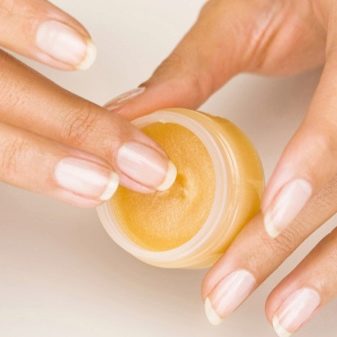
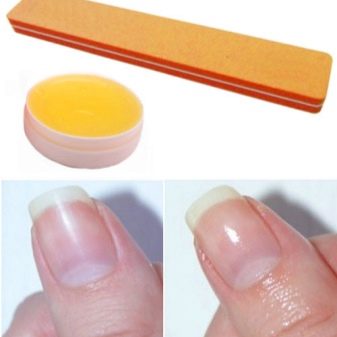
Fine-grained files can only be used to treat the free edge of the nail. In the course of working with them, you need to move in only one direction. It is not recommended to buy tools made of metal. During the polishing process, they create noticeable grooves on the nail section, which always lead to subsequent delamination.
Files with a high level of abrasiveness are used in rare cases. It is permissible to launch them no more than once every six months.
If you use such tools more often, then the nails can become more vulnerable, brittle. Then you can forget about the beautiful and neat manicure. When choosing such a tool, one must pay attention to its abrasiveness. Healthy and strong plates are treated with a 180 grit abrasive file. If you need to work with thin nails, then it is better to use a specimen with an abrasiveness of 400-500 grit. A tool in 240-300 grit is also better to use when working with fairly strong nails.
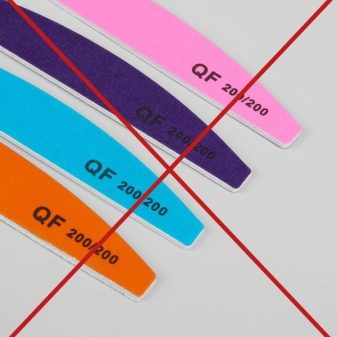
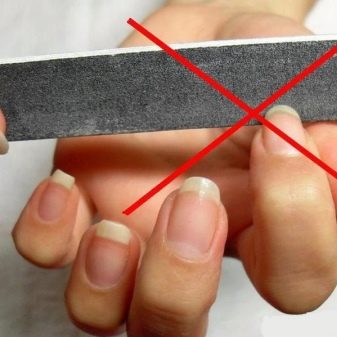
How to polish?
Marigold polishing procedure includes several steps.
- First you need to do a soft grinding of the plates. This eliminates moisture secreted by the nails. This has a positive effect on the growth rate of the plates. At this step, yellowness is removed. The shade of the nail becomes uniform.
- The initial processing follows. The keratin layer is leveled, and scratches and damage are eliminated.
- Then comes the secondary polishing. This step is the final one. The nails become shiny and neat, with even color.
Nail polishing is required to be carried out as carefully and carefully as possible. Do not make too sharp and rough movements so as not to harm the nail plate.
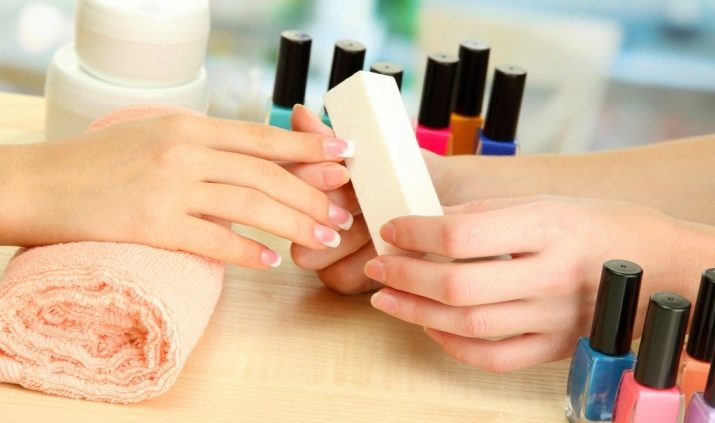
For information on how to properly polish nails at home and not harm your nail plate, see the video below.
